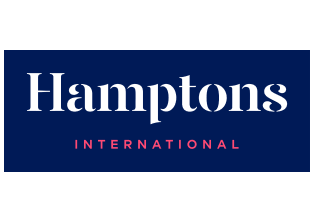
Best time to buy a house since 2007
It is arguably the best time to buy a house since 2007 as the property market continues to be a positive story for the economy with opportunities for buyers and sellers alike, says Samuel Seeff, chairman of the Seeff Property Group.
As we know, the dramatic reduction in the interest rate with the onset of the Covid pandemic paved the way for first-time buyers especially to get into the property market. This, he says, created opportunities for sellers who could in turn also take advantage of the low interest rate by buying up, either a bigger home or better neighbourhood.
Seeff’s mortgage originator, ooba confirms that statistics for the second quarter of this year shows a 16.6% growth in the average purchase price which means there is a level of buying up.
The decision by the Monetary Policy Committee Meeting of the Reserve Bank to keep the interest rate unchanged continues to support the favourable buying conditions. This is further reflected in the latest mortgage lending statistics which shows mortgage lending is at the highest level since the introduction of the National Credit Act in 2007 while the average deposit requirement is at the lowest.
He says that while the low to middle-income price bands to R1.8 million (R3 million in some areas) remains the most active, there is activity across the price bands including in the luxury areas. Super luxury sales above R20 million have also seen good activity during the first half of the year, but remains highly selective.
It is not just the urban areas which continue reporting good activity, but many of our coastal areas as well. Additionally, second home buyers, often as a result of the WFH (work from home) trend are also still investing, often in coastal or country areas. Some areas are also reporting interest from buy-to-let investors who are looking to pick up good value with an eye on future rental returns, even in holiday villages such as Paternoster on the West Coast.
Coastal property has enjoyed notably better house price growth over the last year according to the latest Lightstone House Price Index (HPI). Main urban areas in particular seem to be lagging the growth in some of the smaller provinces which further supports the favourable buying conditions.
After accelerating since mid-2020, house price growth appears to be flattening again. Overall, the lower price segments continue to show stronger growth at 6.5% on average while properties above R1.5 million have achieved growth of just over 4%.
The Lightstone HPI shows that house prices grew over the last year by 5.75% on average on a nominal basis, i.e. before adjustment for inflation. The monthly average growth for July, however, is just 0.39% showing a notable slowdown.
The highest annual growth is recorded for the Eastern Cape (8.3%) and northern areas such as Mpumalanga (7.6%), North-West (7.5%) and Limpopo (6.7%), followed by the Free State (6.2%). The Northern Cape and KZN both achieved 5.1% respectively, and Gauteng and the Western Cape the lowest growth at 4.8%.
Price growth, however, remains highly area dependent and it is best to speak to your local Seeff agent to get an accurate assessment of what your property could sell for in the current market.
Seeff says it remains an excellent time for buyers and sellers alike to take advantage of the market. Sellers should take care not to hold out for a higher price if they want to still take advantage of the market. Interest rates are expected to rise, potentially by year-end, so do not wait too long.







